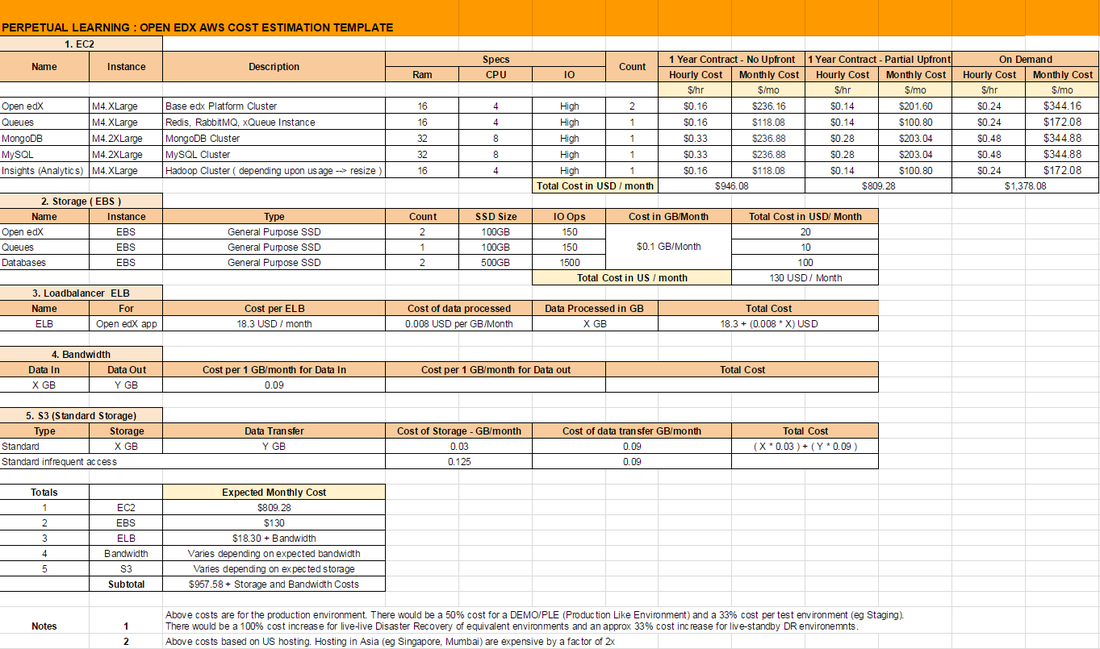For someone with limited experience in User Experience (UX) or User Interface (UI) design (yes, they are vastly different), you can get started on UX easily by taking an online UX course – usually the easiest and most affordable way of kickstarting your UX journey. Every course claims to have the best mentors, the highest employment rate for students who have completed the course, the largest amount of resources available for you and thus, it can get confusing when it comes to choosing a course that is most suited to meeting your learning goals.
We understand your pain-points and hence, we have curated 10 online UI/UX courses with all the information you need to know to help make an informed decision when choosing an online UI/UX course. We have also compiled the following list within a UI/UX courses chart for you to make an easier comparison.
Price: $280 for 1 year unlimited access
Hours: 7 hours (90+ videos)
Example of courses: UX Theory – What is UX, Research – Usability Testing, Design – Design Principle
Differentiator: Members-only forum that allows you to share your projects to gain feedbacks
Price: $8 per month, paid yearly (for students)
$13 per month, paid yearly (for professional)
Hours: Between 1 to 7 hours per week
Example of courses: Become a UX designer from scratch, Human-Computer Interaction, The Practical Guide to Usability
Differentiator: Limited participants for each course, free articles and books from authors such as Clayton M. Christensen (He coined the term Disruptive Innovation!)
Price: $299 per course
Hours: 10 hours per week for 4 weeks
Example of courses: UX Research and Strategy, Interaction Design, Prototyping and Testing
Differentiators: Limited participants for each course, Skype session with industry leaders and feedbacks from mentors
Price: Free
Hours: 3 to 4 hours per week
Examples of courses: Evaluating Designs with Users, UX Design from Wireframe to Prototype, User Experience Research and Design
Differentiator: Reviews available for each course
Price: $25 per month (basic plan)
$49 per month (pro plan)
Hours: 30 mins to 17 hours per course
Examples of courses: UX Basics, HTML Email Design, Mockups for Responsive Design
Differentiator: Offers access to UX-related Conference resources
Price: $10 to $195 per course
Hours: 1.5 hours to 23.5 hours per course
Examples of courses: UX & Web Design Master Course: Strategy, Design, Development, Mobile App Design from scratch with Sketch 3, UX Strategy Fundamentals
Differentiator: Offers both full-stack UX courses and specific UX topics courses, reviews available for each course
Price: Free
Hours: 4 to 5 weeks per course
Examples of courses: Interaction Design, Introduction to User Experience Design, User Interface Design
Differentiator: Offers courses from well-known universities such as Georgia Institute of Technology, reviews available for each course
Price: $19.99 per month (basic plan)
$29.99 per month (pro plan)
Hours: 13mins 48 secs – 6 hours 1 min per course
Examples of courses: Planning a career in User Experience, Foundations of UX: Multidevice Design, UX Design Techniques: Creating Personas
Differentiator: Transcripts for video feature
Price: For premium videos
$8 per month (Annual payment)
$12 per month (Monthly payment)
Includes free videos
Hours: 14mins to 12hrs 4mins
Examples of courses: iOS Design I: Getting Started with UX, UX Design Fundamentals: Everything You Need to Know, Intro to UX: Fundamentals of Usability
Differentiator: Members-only forum that allows you to share your projects to gain feedbacks, reviews available for each course
Price: $15 per month
$9 per course
Includes free videos
Hours: 10mins to 5.9 hours
Examples of courses: Fundamentals of UX Design, A/B testing for Web Designers, UX Prototyping for Mobile Devices with InVision
Differentiator: Members-only forum that allows you to share your projects to gain feedbacks
Bonus
Apart from the online classes, here are some additional reading materials we find useful for UI/UX beginners as well. These are perfect for those who would like to read up on fundamentals of UI/UX in bite-sizes!
A website that provides you with book recommendations to improve your understanding of various UX topics and quizzes to test your UX knowledge.
A UX crash course that splits your learning process into 31 lessons. It is suitable for people who are looking to gain a generic overview of UX topics.
Gain a better understanding of UX through HackDesign’s 50 lessons course. Each lesson features different web articles about specific UX topics, curated by various UX experts.
We love the simplicity of this interactive online lesson. It features a short write up on various UX topics and after 52 weeks, you will get to have a better comprehension of the fundamentals of UX.
Having taken some of these UX courses as part of Perpetual’s UX training curriculum, we recommend the courses offered by UX Training and EdX-University of Michigan. Both of these courses not only offers a wide variety of hands-on exercises but are also comprehensive, specific and easy to follow.
Remember, before you embark on your UX journey, it is always advisable to practice with UI/UX tools such as Sketch and InVision to apply what you have learnt.

Our review of 10 UI/UX courses worth taking






























